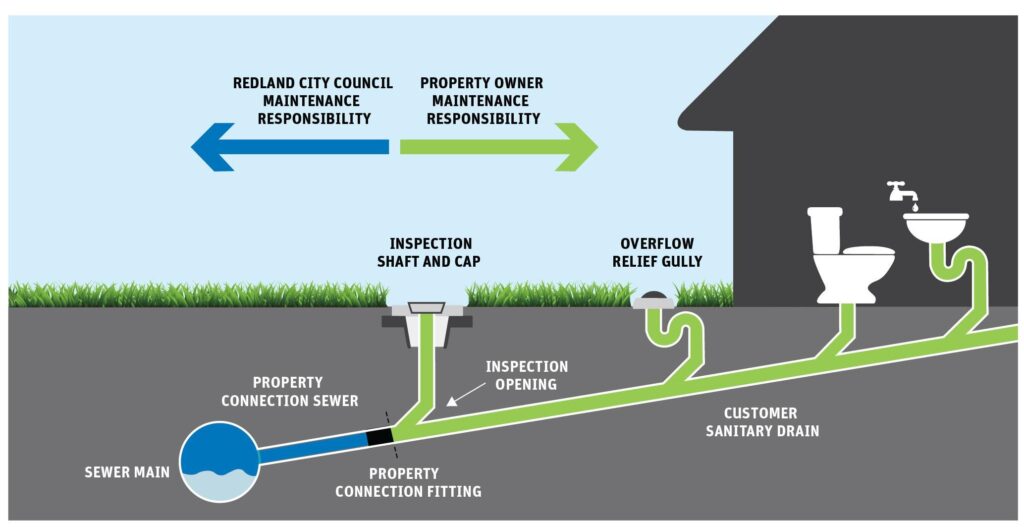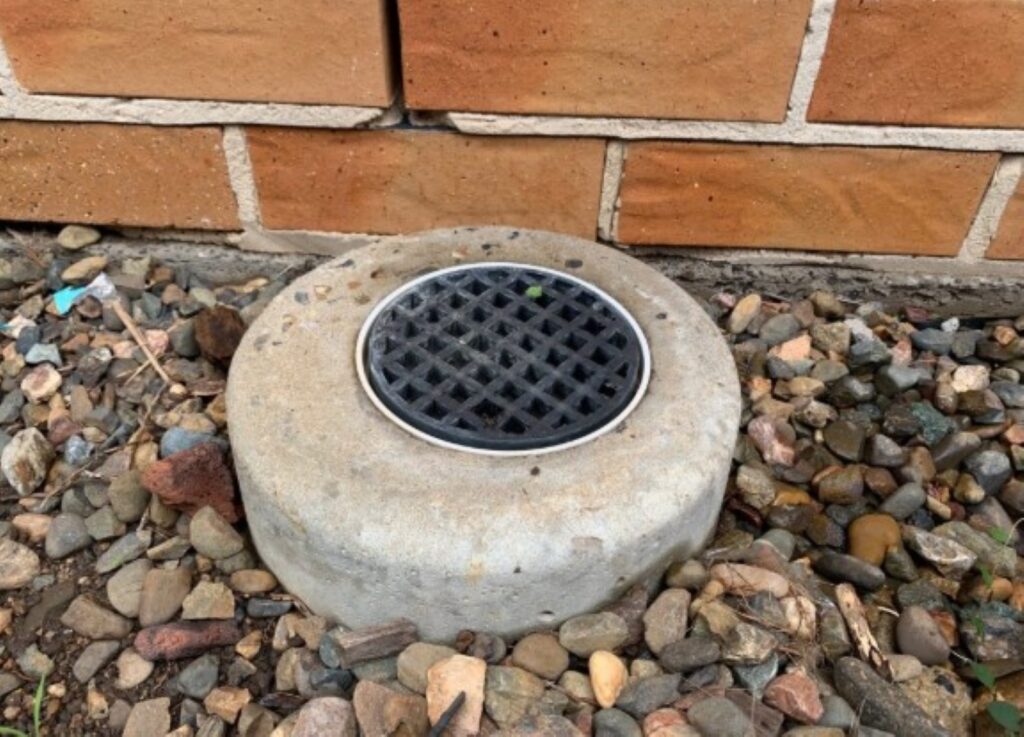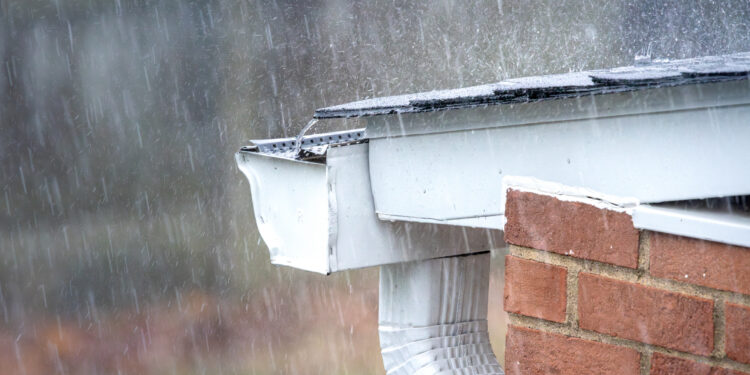Redland City Council reminds property owners that they are responsible for ensuring their roof-water system is correctly installed and legally connected to the stormwater system.
It is important that this is done so that roof water run-off does not impact Council infrastructure or compromise community safety.
Specifically, your stormwater must not be directed into the sewerage system.
The sewerage network and the stormwater network are two separate systems and they have been designed so that one doesn’t end up in the other.
It is vital that property owners ensure stormwater does not enter the sewerage network via their properties as this could result in the network backing up and causing sewage to overflow.
This can affect your own home, as well as cause sewage overflows in neighbouring properties and public spaces.
It is also illegal under Queensland legislation.
Section 80 of the Plumbing and Drainage Act 2018 says the owner of premises must not allow any part of a stormwater installation (roof gutters, downpipes, subsoil drains and stormwater drainage) for the premises to be connected to an on-site sewage facility or a sanitary drain.

Council has a city-wide program for conducting sanitary drain smoke-testing of properties.
The detection work involves non-toxic smoke being blown into sewer maintenance holes to check the city’s wastewater network for defects, damage or illegal connections.
More testing is planned for the current financial year and Council’s contractor will advise affected residents in advance of the testing.
Council reminds residents that the cooler weather presents an opportune time to check household drainage connections and to spot any repairs that may be necessary ahead of the spring and summer storm season.
During extreme wet weather events the more stormwater that enters the wastewater system the worse the problems that can occur.
During heavy rain, pressure from the extra water can cause the sewerage network to back up and force open wastewater maintenance hole covers – as they are designed to do – causing wastewater overflows.
Residents should check that their home’s overflow relief gully, or ORG, is not damaged or is too close to the ground, as this could allow stormwater to seep into the wastewater system.

The ORG is located on the outside of the house and is a raised circular grate that covers a drain.
While inspecting your ORG, also check that it is not covered or obstructed in any way, as this could prevent it from operating as a relief point and reduce likelihood of sewerage overflowing inside your property.
Should a backflow occur, your ORG discharges sewage outside before it can enter your home.
More tips on preventing stormwater entering the sewerage system:
- Do not cover or obstruct sewer maintenance holes or ORGs
- Make sure your roof water pipes do not discharge directly into the ORG
- Make sure your ORG is about 50mm above ground level, and that the grate is removable and can lift off when it needs to
- Do not plant trees over sewer lines
- Do not connect stormwater downpipes to an ORG or sewer pipe
- Repair any broken or damaged water pipes on your property as soon as possible
- Maintain your home’s internal drainpipes in good repair
For more information go to Council’s webpage: Collection, treatment and disposal of wastewater | Redland City Council










